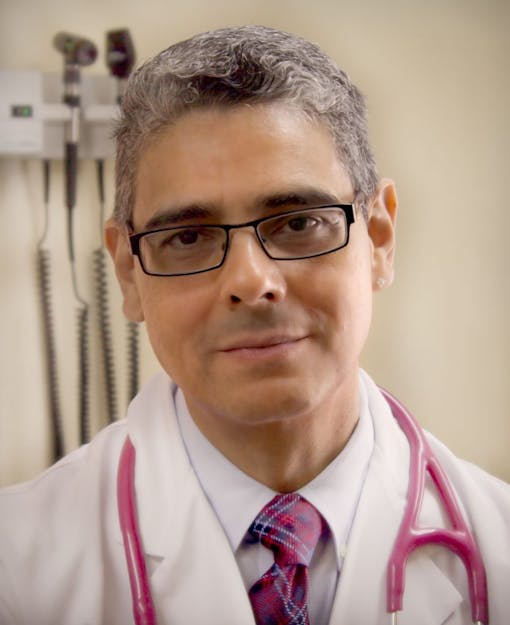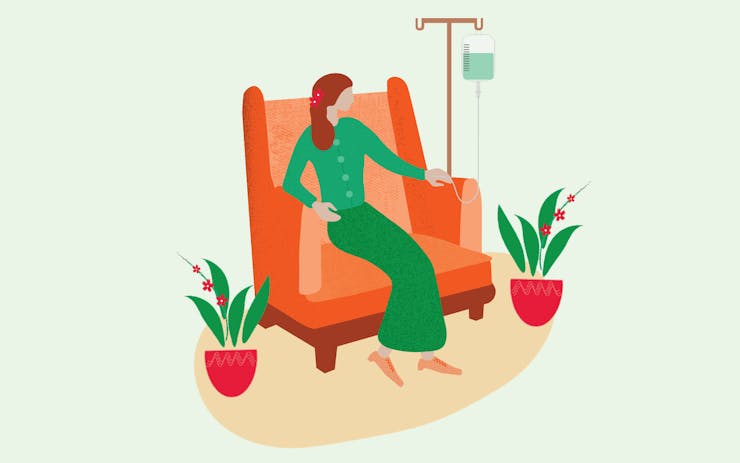In popular culture, the terms “cannabis” and “cancer treatment” often go hand-in-hand. This idea is backed up by modern scientific research—a growing body of evidence supports the use of cannabis for the treatment of cancer and associated symptoms such as pain, nausea, and loss of appetite.
Unfortunately, lack of cannabis education for physicians coupled with the legal status of cannabis makes many oncologists reluctant to recommend cannabis to their patients. Because of this, patients often use cannabis without informing their doctors.
According to a 2018 survey of cancer patients, one in eight patients reported using cannabis to treat cancer symptoms. In the same study, only 15% of patients agreed with the statement “Cannabis interferes with other medications.”
This is a dangerous misconception. According to Dr. Joseph Rosado, cannabis physician, lecturer, and author of Hope and Healing: the Case for Cannabis, cannabis interacts with every medication that is processed through the liver, including all chemotherapy drugs.

(Courtesy of Dr. Joseph Rosado)
And he should know—to date, Dr. Rosado has treated nearly 400 cancer patients with cannabis medicine. I spoke with Dr. Rosado to learn more about cannabis and chemotherapy drug interactions.
How Does Cannabis Interact With Chemotherapy Drugs?
When cannabinoids such as THC and CBD are consumed orally, they interact with other medications that are processed by cytochrome P450 (CYP) enzymes in the liver. The interaction causes the levels of the other drug to rise, fall, or rise and then fall. Our bodies use CYP enzymes to metabolize 60% of the drugs on the market today, including all chemotherapy drugs and several anti-epileptic drugs, heart medications, and antifungal medications (drugs that ends with “azole”).
Chemotherapy drugs are cytotoxic, which means that they are toxic to all living cells. The goal of chemotherapy is to kill as many cancer cells as possible while minimizing the death of healthy cells. Because of the CYP interaction, patients who use cannabis medicine in conjunction with chemotherapy run the risk of having a different concentration of toxic chemicals in their blood than expected—making cannabis and chemotherapy a potentially dangerous combination.
Can Chemotherapy Patients Use Cannabis at All?
The good news, according to Dr. Rosado, is that cannabis can be used safely in conjunction with chemotherapy treatment. The interactions in the liver can be easily avoided by changing the way you administer your cannabis medicine.
CYP enzyme interactions in the liver mostly occur with oral (pills, edibles, and tinctures) and sublingual administration. “The liver can be bypassed if the mode of administration is changed, for example, using inhalation (vaping, smoking, inhalers), topical patches and creams, or intra-rectal or intra-vaginal routes (suppositories, ovules),” says Dr. Rosado.
Of these methods, Dr. Rosado recommends inhalation. “It’s a matter of absorption,” he said. “When you inhale cannabis, 100% of the medicine is absorbed within three to five minutes through an exchange of gasses in the lungs. The cannabinoids bind directly to red blood cells, making their way into the bloodstream immediately. Because of this, patients get more bang for their buck with inhalation.”
Dr. Rosado says inhalation is even safer when patients use the acid (non-activated) form of cannabinoids like CBDA—these don’t appear to metabolize in the same way as non-acidic cannabinoids. To ensure that the cannabinoids aren’t activated, Dr. Rosado recommends that patients vaporize cannabis flowers at 131°F (55°C) or lower.
He also recommends vaporization over smoking. Smoking cannabis has negative effects that make it a poor choice for medicinal use.
What About Patients Who Can’t Inhale Cannabis?
Dr. Rosado says that patients should never use oral or sublingual cannabis during chemotherapy treatments. To avoid hazardous interactions, cannabis edibles should not be eaten within 1.5 to 2 hours of treatments. Further, he recommends that patients never use edibles when being treated for liver cancer. Liver cancer greatly reduces the liver’s ability to metabolize cannabis, not to mention the toxicity caused by the chemotherapy.
If a patient is unable to inhale cannabis, Dr. Rosado recommends a low-temperature tea made from cannabis buds.
Follow this recipe to make a medicinal cannabis tea:
- Bring water to a boil, then remove it from the heating element.
- Wait for the water to stop boiling. Water boils at 212°F (100°C). The water temperature should be lower than 220°F (105°C) when you add the buds, so the cannabinoids aren’t activated.
- Place the cannabis buds in the hot water, cover the pot, and steep for 20 minutes. You can also steep the tea in a French press.
- Strain out the buds and your tea is ready to drink.
Whatever method you use to take medical cannabis, always fully disclose any self-medication to your oncologist. Some cancers require more monitoring with cannabis use. For example, THC might affect estrogen levels (the jury is still out). Because of this, doctors pay more attention to the estrogen levels of patients who have hormone-producing cancers (such as ovarian, breast, prostrate, and testicular) and use cannabis.





